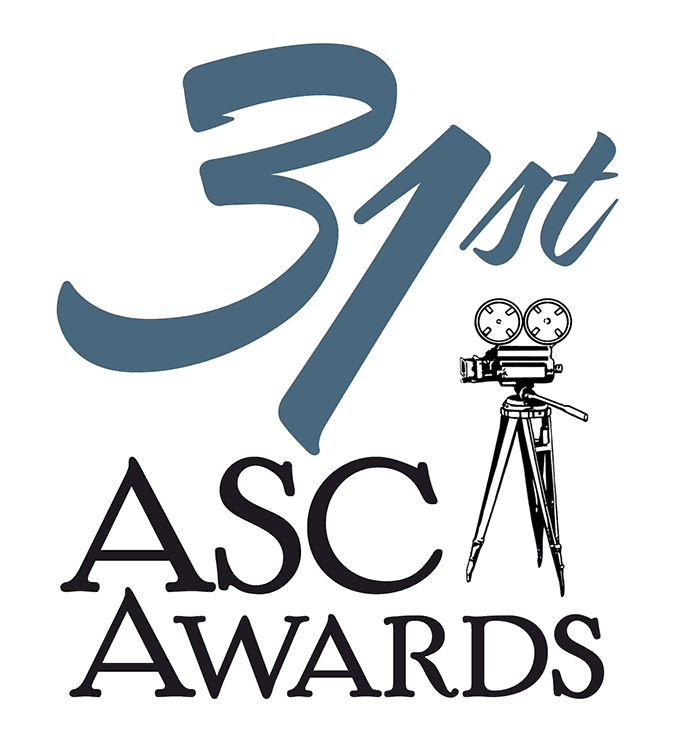THE PRINCE OF DARKNESS
In the first installment of a new section celebrating the history of film, we look back at the influence of Gordon Willis ASC and the Godfather trilogy.
“On The Godfather, we got huge flak from Paramount. It even made Francis Ford Coppola nervous. But I said, ‘Just hang in there. It’s going to be OK.’ And to his credit, he did.”
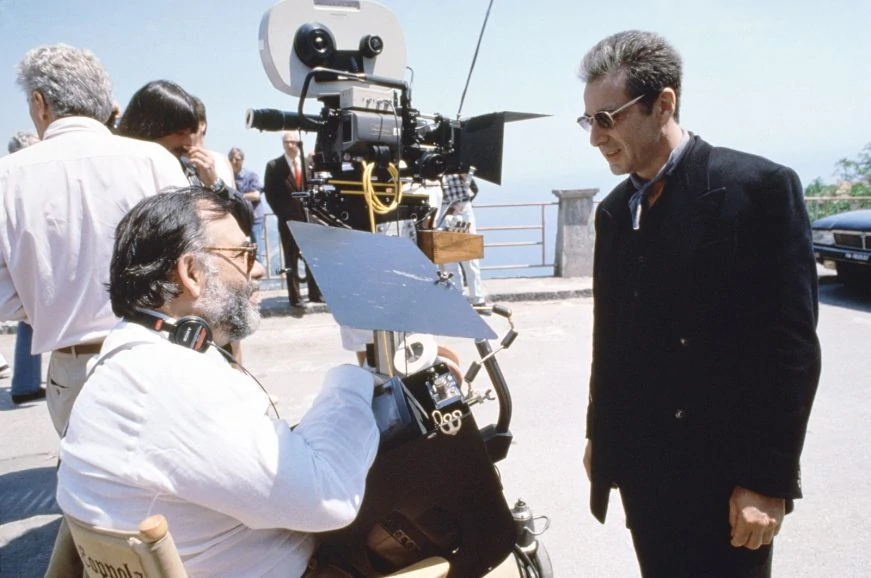
The words are from the late, great Gordon Willis ASC who helped redefine American cinematography with his work on a slew of ‘70s films, including Woody Allen’s Annie Hall and Manhattan, and perhaps most famously of all, Coppola’s Godfather trilogy.
Or rather, “duology,” as Coppola considers parts I and II a single story, and now has dubbed the third installment a “coda”, The Godfather Coda: The Death of Michael Corleone. Coppola said this version, now being released on Blu-ray and digital, with limited theatrical engagement, with its rearranged opening and finale, tighter running time and occasionally altered music cues, is “an acknowledgement of Mario (Puzo)’s and my preferred title and our original intentions,” for what had been The Godfather: Part III.
Per Willis’ words, Coppola has “hung in there” for nearly fifty years, since the saga first burst onto the American scene, with the first two parts now considered among the finest Hollywood films ever made.
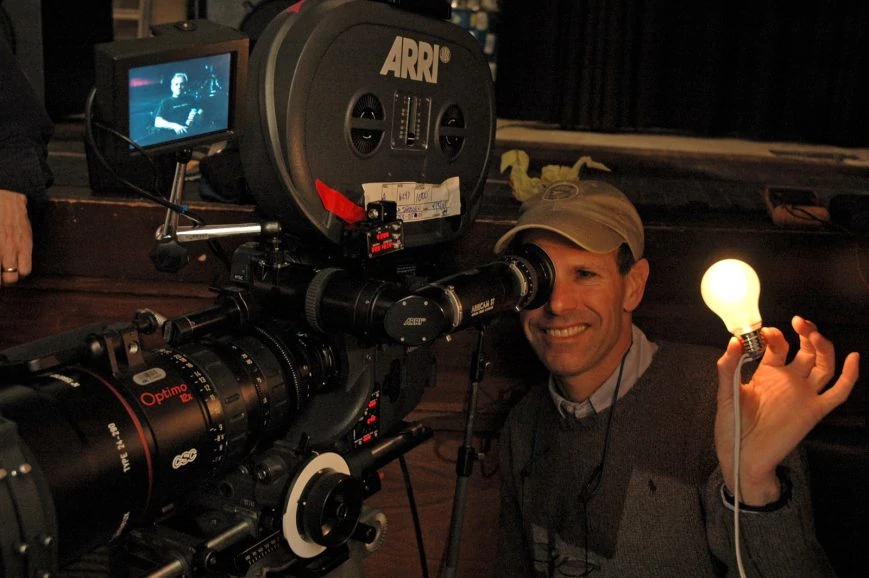
But Hollywood wasn’t always sure what it was getting, as Willis’ comments, made to Jon Fauer ASC and run in Fauer’s Film and Digital Times, attest. Fauer also interviewed Willis as part of the documentary he directed and produced, Cinematographer Style.
“For Gordon’s interview,” Fauer recalls, “we planned on large lights outside the windows of his beautiful home in North Falmouth, Cape Cod. Gordon watched the setup, amused. ‘What’s with all this stuff?’ he asked. And then, ‘Too complicated. Just bring in one Kino Flo.’ After the interview was over, Gordon asked the electric crew to turn the light off. ‘Aha,” he said, ‘that’s better, isn’t it – no light at all.’
“I believe it was Conrad Hall ASC,” Fauer adds, “who first called Willis ‘the Prince of Darkness.’ His influence was profound.”
It’s almost become a cliché nowadays when you want to evoke the past, to make it look sepia, or chocolate, or reddish. They’re riffing off what Gordon did in The Godfather, and it rarely succeeds.
Richard Crudo ASC
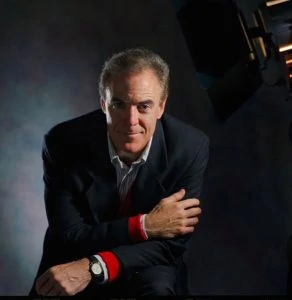
Richard Crudo, past president of the ASC, and known for his own work on both smaller (Justified, Jane the Virgin) and larger (American Pie, American Buffalo) screens, agrees that Willis belongs on “a very short list of cinematographers who changed the way movies looked,” mentioning him along with Hall, and the latter’s work on Butch Cassidy and the Sundance Kid.
“Fifty years later, people forget how revolutionary that work was,” he says, while also noting that without production designer Dean Tavoularis, who, like Willis, was involved with all three installments, “there’s no Godfather either.”
Crudo maintains that Willis “went further than anyone had gone at that time, in terms of darkness,” but adds that it wasn’t only those shadows, for which the DP’s nickname was coined, that made the films unique.
“Overall,” he says, “they’re not dark movies. (Willis) introduced that brassy, yellow, red feel; you never really saw that in a film either – sort of a wash, that was consistent throughout.” Asked if Willis’ visual scheme could be likened to film noir, he says “in noir films, in black and white, they never quite achieved that – it was more about the contrast.”
In most noirs, there would be “passages and moments – but then it would go back to conventional studio lighting. The Godfather had an immediacy that had never been seen. Even the conventionally exposed scenes had a patina that made them feel unique. Gordon talked about period pieces, (that) you really need some sort of distancing device to signify the period,” but without taking it too far, lest everything “screams period.”
“It’s almost become a cliché nowadays,” Crudo says, “when you want to evoke the past, to make it look sepia, or chocolate, or reddish. They’re riffing off what Gordon did in The Godfather, and it rarely succeeds.”
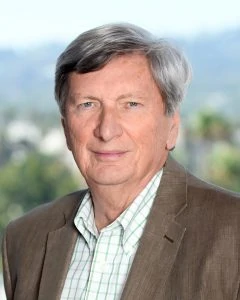
John Bailey ASC, himself a recent president of the Academy, recalls becoming aware of Willis’ work not with the Godfather films, but two Alan J. Pakula offerings – Klute and The Parallax View. Like Crudo, he noticed additional elements besides the fabled “darkness:” “What impressed me was how daring the compositions were,” adding “a lot of Gordon’s work was very evocative.” The style was due in part because “Gordy lit from the top, which no Hollywood cameraman would do.”
He was also struck by another aspect of how Willis handled the overhead aspects of shooting – on yet another Pakula project.
“I was working on a television show called Medical Story – a spinoff of Police Story. We were shooting on stages 8 and 9 at the Burbank Studios,” which was back when the Warners lot also housed Columbia. “I was cameraman for two seasons,” then All the President’s Men, “which had been shooting in New York and moved onto the lot. We would break for lunch, and I would pass stage 11, where they were building this set for the Washington Post. It took up the whole stage – really wall to wall.” But more strikingly “it was not built like normal – they had a hard ceiling all the way, so it looked like a practical location.
“They put in several hundred fluorescent units – they had a full covered ceiling (and) I cannot tell you how weird that was at the time. Hollywood cinematographers, especially those doing television shows, would walk around that set and couldn’t believe it.”
And evidently kept on not believing it. Bailey also recalls that “when I got in the ASC in the early ‘80s, and became an officer on the board, I would attend board meetings on Monday night with a lot of the old guard.”
And they would become “more and more vocal,” about how much they seemed to hate the kind of work Willis did, and what he represented. “And it was reciprocal – because he hated Hollywood.”
Or as Willis himself put it in his interview with Fauer: “There were plenty of people who wouldn’t touch me with a 10-foot pole. They were very frightened of getting involved at that level, regardless of what I could or couldn’t bring to the movie. I’m perfectly capable of thinking inside the box, but I just never really did… I think there were people who also felt the same way, and there were still others who felt, ‘God Almighty, I don’t want to hire him. Look what will happen.’” Indeed, look what did. Some of the most enduring classics Hollywood has ever produced.



